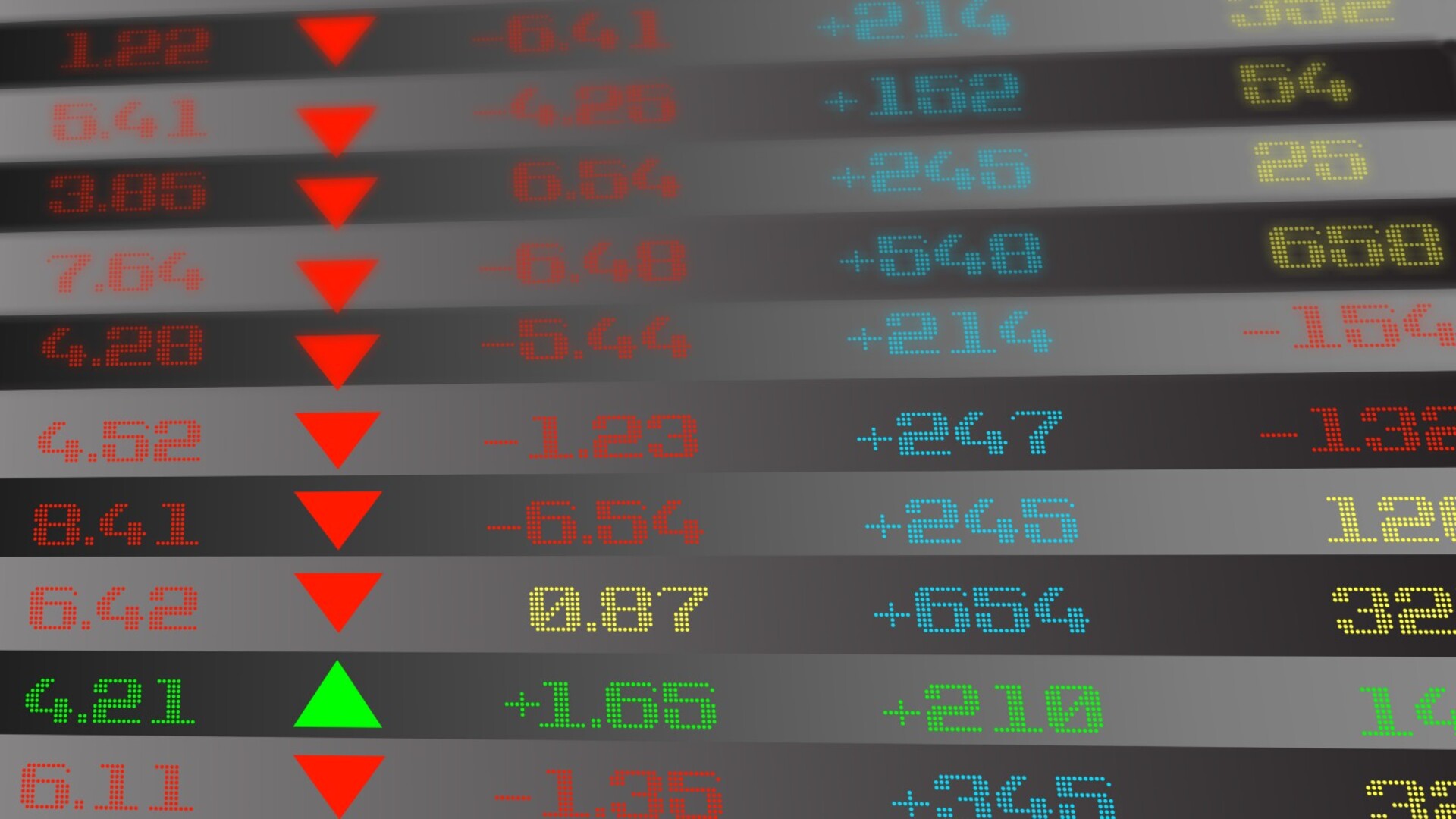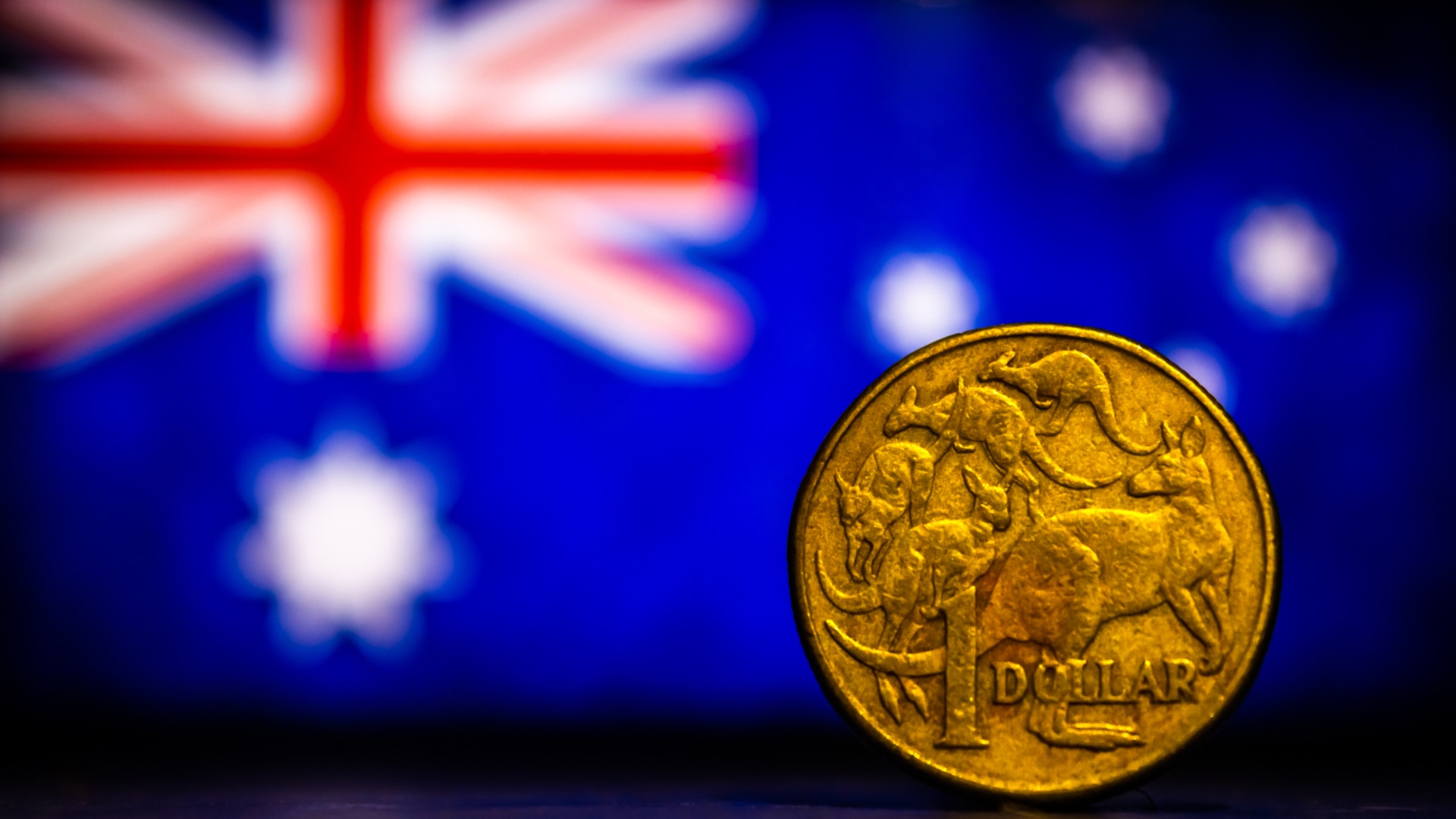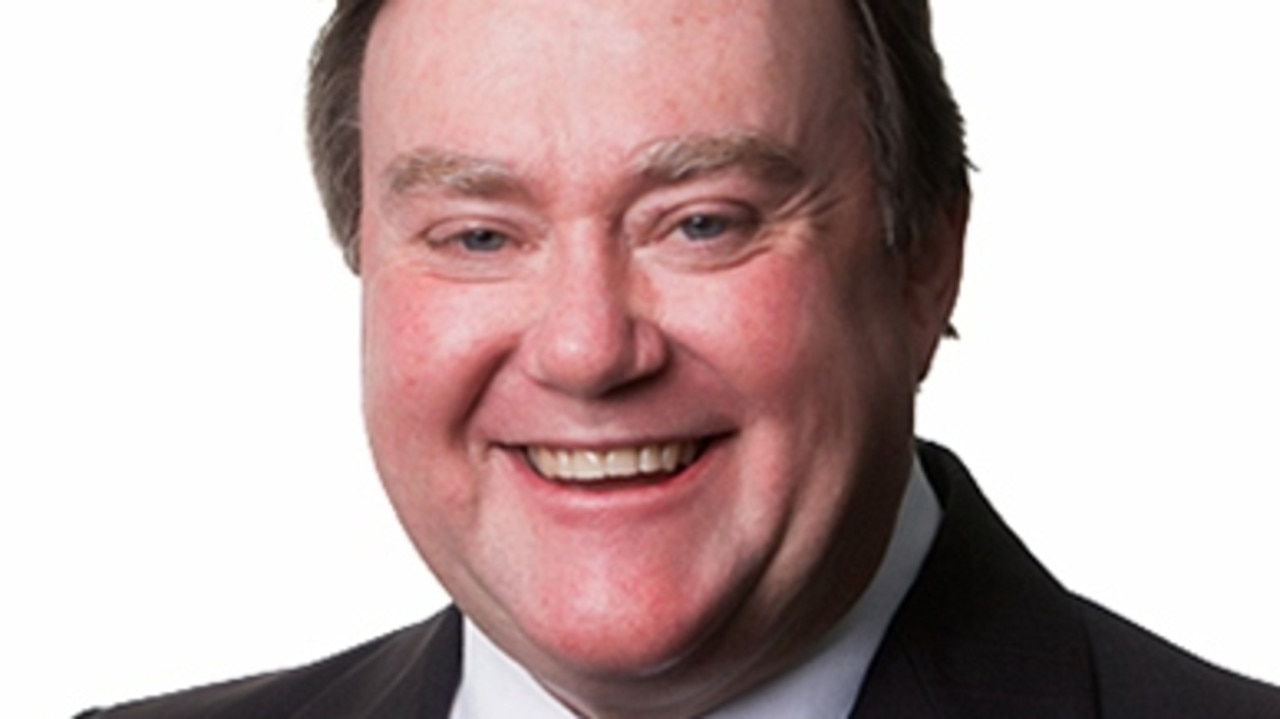Sliding Australian dollar risks higher import prices and a headache for the RBA
The RBA could be forced to delay cutting interest rates if the Australian dollar continues to weaken against the looming threat of a Donald Trump-ignited trade war.

Business
Don't miss out on the headlines from Business. Followed categories will be added to My News.
Australia’s central bank could be forced to delay cutting interest rates if the Australian dollar continues to weaken against the looming threat of a Donald Trump-ignited trade war, analysts have warned.
The incoming US president, who will start his second term next month, will dictate the future of the local currency with gains or losses for the dollar to be at the mercy of Mr Trump and his trade policies.
The Australian dollar is trading nearly 9 per cent below its starting point for 2024 against the US dollar and is poised for its weakest yearly close since the challenging days of the Covid pandemic in 2020.
On Monday afternoon, it was buying US62.46c.
The depreciation is being fuelled by offshore factors, including Mr Trump’s election victory, which is expected to lead to stronger US growth, higher inflation and, subsequently, higher interest rates, all of which contribute to a stronger US dollar.
MasterCard chief economist David Mann has warned that such events could cause the dollar to further retreat, which would put the Australian economy at risk of suffering from import inflation and create a headache for the Reserve Bank.
“We’ve seen import inflation impact Japan in a big way. Australia is not at the same level yet, but a dramatically weaker exchange rate does add to some risk of import inflation,” Mr Mann said.
“It could be one of the factors that could be why you get a slight delay in the rate-cutting cycle, especially in the context of the US, also signalling a much slower cutting cycle than they had previously been communicating with markets.”

A weaker Australian dollar increases the cost of imported goods, which can contribute to inflation. Although many importers hedge their currency exposure, the price increases still flow through to consumers with a lag of six months to a year.
While Mr Mann said import inflation was a factor to consider and a potential headwind, he expected any inflation pressures would be a continuation of domestic drivers seen in 2024, including rents and housing.
He said importers generally hedge against currency movements, which shielded consumers. He added that consumers would start to feel the impact if the dollar remained weak for an extended period.
“The average for 2024 has been around 66c, which is about a 6 per cent difference for consumers. If it dipped a further 5-10 per cent then it will be something that gets more attention from markets and the RBA.
“If we saw the dollar go through US60c and into the 50s then that would make a big difference with import inflation. Today it is probably being felt at the margins.”
Minutes from December’s RBA board meeting showed that while members judged the upside risks to inflation have diminished, it was too soon to conclude with full confidence that inflation was moving sustainably towards target. Inflation has eased to 2.8 per cent in the December quarter, driven by a flurry of temporary cost-of-living subsidiaries by state and federal governments.

Commonwealth Bank has forecast the RBA will begin to ease interest rates from February, while ANZ, Westpac and NAB have all pencilled in the first rate cut in May
Some countries, such as China, have already allowed their currencies to depreciate to mitigate the impact of looming US tariffs, which has further weighed on the Australian dollar. IG market analyst Tony Sycamore said the relationship between the AUD/USD and USD/CNY is not an exact science; however, every 2-3 per cent decline in the yuan has seen the dollar fall by 3-5 per cent.
“The fate of the Australian dollar against the USD in 2025 will largely depend on developments following Trump’s inauguration on January 20,” Mr Sycamore said.
“There will be particular interest in which of Trump’s policies are implemented, their timelines, and how they compare to his pre-election promises.”
The expected inflationary impact of US tariffs has led to a more cautious outlook regarding US Federal Reserve rate cuts. This was evident during the last Fed meeting, where it indicated it expected only two additional 25-basis-point rate cuts in 2025, down from the four it had previously signalled.
In the lead-up to the US election, Mr Trump hinted at raising tariffs on Chinese imports to 60 per cent or higher if he was reflected. Currently, approximately 60 per cent of imports from China are already subject to tariffs, averaging around 17 per cent.
“The market consensus is that Trump’s tariffs on China may rise to around 40 per cent. If the actual tariffs are lower than this, it should provide some relief for our currency; however, any increase beyond 40 per cent is likely to weigh heavily,” Mr Sycamore said.
He added that a lot of bad news has already been priced into the dollar and if it could hold above the US61.99c double low and the US61.70c low of October 2022, the tentative bounce that commenced on Monday has scope to extend towards US63.50/70c ahead of Mr Trump’s January 20 inauguration.
More Coverage
Originally published as Sliding Australian dollar risks higher import prices and a headache for the RBA









